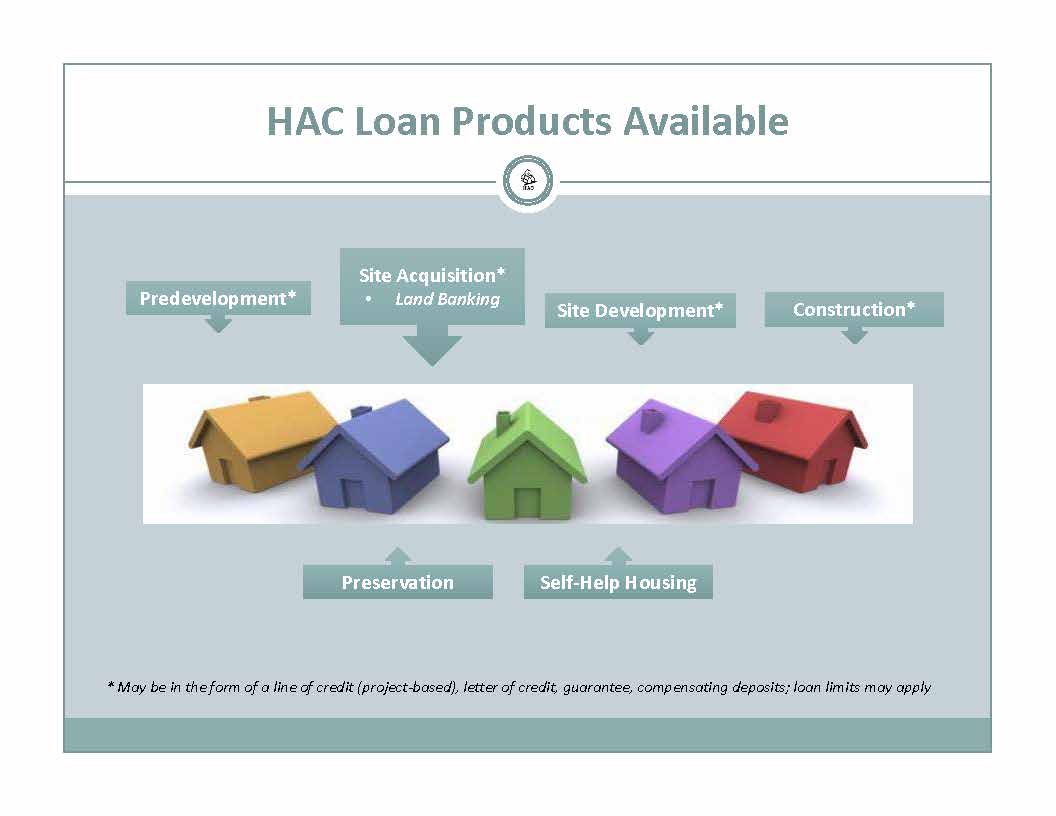Material Posted
Power Point Presentation | Webinar Recording | Housing an Aging Rural America
With the Baby Boomer generation turning 65, the United States is experiencing growth among older adults that it has never before seen. According to U.S. Census projections, the over age 65 population is expected to grow by 30 million individuals by the year 2030, jumping from 13 percent of the national population to 20 percent. This is a staggering 35 percent increase over the next twenty years.
Rural America is older and aging faster than the nation overall with 15.7 percent of the rural population over the age of 65 compared to 13 percent nationally. The relatively older composition of the rural population is not solely a factor of natural population change but is also impacted by economic conditions. The increasing senior population in rural America will add new stresses to housing, health care, and social services that will be felt by our parents, uncles, aunts, grandparents, and even us. We must remember that this demographic change is not a negative development, as long as we plan and prepare for it. To ensure all individuals are able to live safely, comfortably, and in dignity as they age, we must first understand the issues, concerns, and trends that exist.
Join us on Tuesday, January 13th, for HAC’s upcoming webinar, Rural Seniors and Their Homes: Planning for a Rapidly Aging Rural America to learn more about the demographic, economic, and housing trends of seniors and near-seniors in rural America as well as their housing options. Housing provides shelter and often economic security, but for many seniors the home has even greater value. Homes contain reminders of life experiences and serve as a catalyst for active and healthy lifestyles. Seniors have special housing needs: access to health services, supportive services, and even companionship become critical and must be considered. The impacts of these issues play a considerable role in our seniors’ quality of life and cannot be overemphasized.
 Download HAC’s Report, Housing an Aging Rural America: Rural Seniors and Their Homes.
Download HAC’s Report, Housing an Aging Rural America: Rural Seniors and Their Homes.



